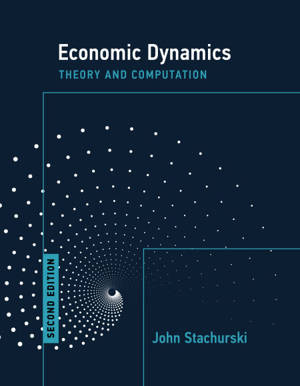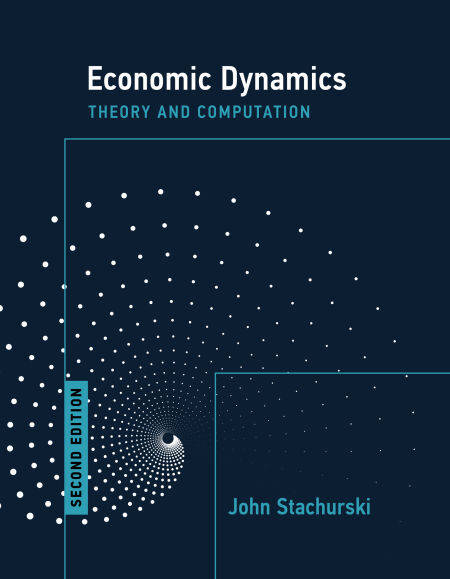
- Afhalen na 1 uur in een winkel met voorraad
- Gratis thuislevering in België vanaf € 30
- Ruim aanbod met 7 miljoen producten
- Afhalen na 1 uur in een winkel met voorraad
- Gratis thuislevering in België vanaf € 30
- Ruim aanbod met 7 miljoen producten
Zoeken
€ 73,92
+ 73 punten
Omschrijving
The second edition of a rigorous and example-driven introduction to topics in economic dynamics that emphasizes techniques for modeling dynamic systems.
This text provides an introduction to the modern theory of economic dynamics, with emphasis on mathematical and computational techniques for modeling dynamic systems. Written to be both rigorous and engaging, the book shows how sound understanding of the underlying theory leads to effective algorithms for solving real-world problems. The material makes extensive use of programming examples to illustrate ideas, bringing to life the abstract concepts in the text. Key topics include algorithms and scientific computing, simulation, Markov models, and dynamic programming. Part I introduces fundamentals and part II covers more advanced material. This second edition has been thoroughly updated, drawing on recent research in the field.
New for the second edition:
“Programming-language agnostic” presentation using pseudocode. New chapter 1 covering conceptual issues concerning Markov chains such as ergodicity and stability. New focus in chapter 2 on algorithms and techniques for program design and high-performance computing. New focus on household problems rather than optimal growth in material on dynamic programming. Solutions to many exercises, code, and other resources available on a supplementary website.
This text provides an introduction to the modern theory of economic dynamics, with emphasis on mathematical and computational techniques for modeling dynamic systems. Written to be both rigorous and engaging, the book shows how sound understanding of the underlying theory leads to effective algorithms for solving real-world problems. The material makes extensive use of programming examples to illustrate ideas, bringing to life the abstract concepts in the text. Key topics include algorithms and scientific computing, simulation, Markov models, and dynamic programming. Part I introduces fundamentals and part II covers more advanced material. This second edition has been thoroughly updated, drawing on recent research in the field.
New for the second edition:
“Programming-language agnostic” presentation using pseudocode. New chapter 1 covering conceptual issues concerning Markov chains such as ergodicity and stability. New focus in chapter 2 on algorithms and techniques for program design and high-performance computing. New focus on household problems rather than optimal growth in material on dynamic programming. Solutions to many exercises, code, and other resources available on a supplementary website.
Specificaties
Betrokkenen
- Auteur(s):
- Uitgeverij:
Inhoud
- Aantal bladzijden:
- 400
- Taal:
- Engels
Eigenschappen
- Productcode (EAN):
- 9780262372442
- Verschijningsdatum:
- 15/08/2022
- Uitvoering:
- E-book
- Beveiligd met:
- Adobe DRM
- Formaat:
- ePub

Alleen bij Standaard Boekhandel
+ 73 punten op je klantenkaart van Standaard Boekhandel
Beoordelingen
We publiceren alleen reviews die voldoen aan de voorwaarden voor reviews. Bekijk onze voorwaarden voor reviews.








